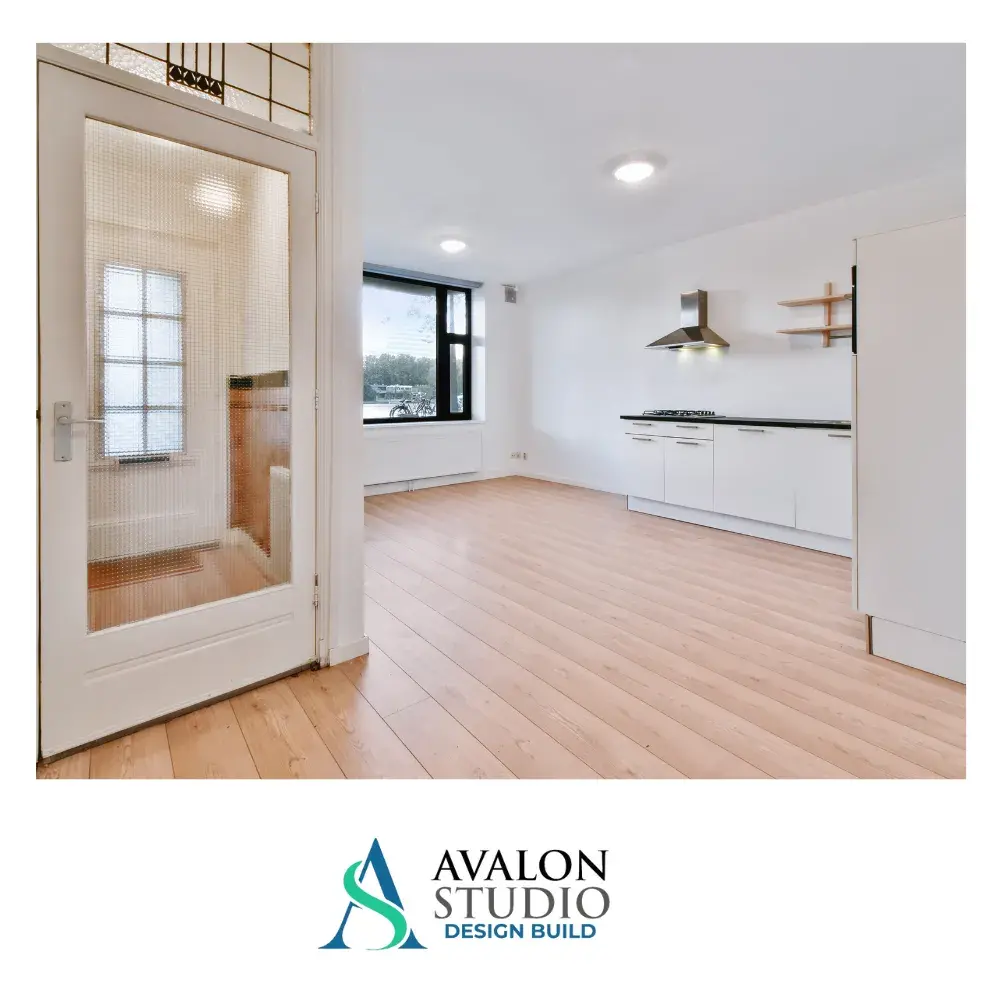As housing demands evolve, Accessory Dwelling Units (ADUs) have become a popular solution for maximizing space and increasing property value. However, the challenge lies in designing these compact living spaces to be functional and comfortable without expanding their footprint. This article explores innovative strategies to build smarter, not bigger, with ADU design.
Optimizing Space Utilization
Effective ADU design starts with a thorough understanding of how to utilize available space. One strategy is to incorporate multi-functional furniture, such as sofa beds or dining tables that can be folded away when not in use. Built-in storage solutions, like under-bed drawers or wall-mounted shelves, can help keep the living area clutter-free and spacious. Vertical space is often underused; consider adding lofted areas for sleeping or storage to make the most of high ceilings.
Enhancing Natural Light
Natural light plays a crucial role in making small spaces feel larger and more inviting. Large windows, skylights, and glass doors can significantly brighten an ADU, creating an open and airy atmosphere. Utilizing light-colored walls and reflective surfaces can further enhance the distribution of light within the unit. Additionally, strategically placing mirrors can amplify natural light and give the illusion of a bigger space.
Implementing Sustainable Practices
Sustainability is a key consideration in modern ADU design. Incorporating eco-friendly materials and energy-efficient systems can reduce the environmental impact and operating costs of the unit. Using recycled or reclaimed materials for construction, installing solar panels, and integrating water-saving fixtures are effective strategies. Green roofs and walls not only improve insulation but also contribute to a healthier living environment.
Personalizing Design Elements
Personalization can turn an ADU into a unique and welcoming space. Thoughtful design elements, such as customized cabinetry or unique lighting fixtures, add character and functionality. Creating distinct zones for different activities, like cooking, sleeping, and relaxing, can make the space feel larger and more organized. Personal touches, such as artwork or plants, can also make the ADU feel more like home.
Building smarter, not bigger, requires a creative and strategic approach to ADU design. By optimizing space utilization, enhancing natural light, implementing sustainable practices, and personalizing design elements, you can create a functional and inviting living space that meets modern housing needs. Embrace these strategies to maximize the potential of your ADU and enjoy a harmonious blend of style and efficiency.
Learn More
Maximizing Space: Innovative Interior Design Tips for ADU Living Areas

